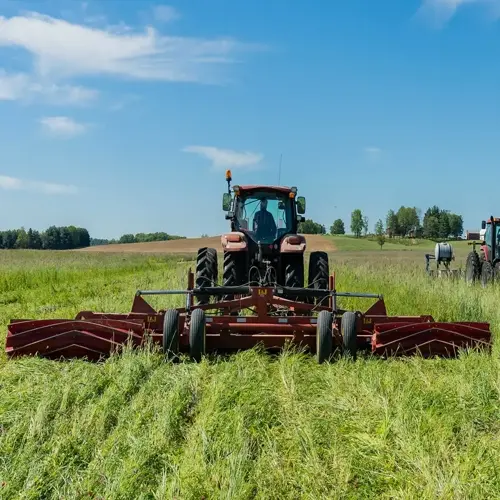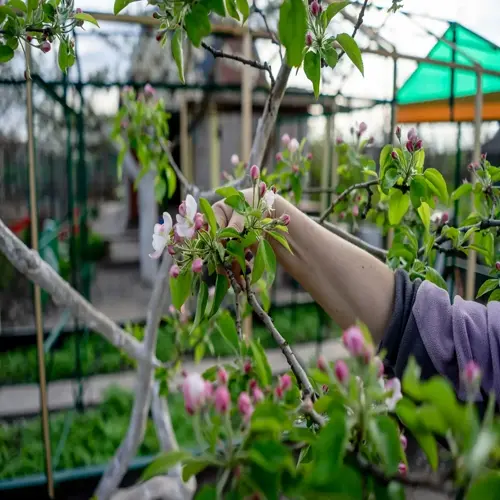What's the difference between drought-tolerant and drought-resistant plants?

Written by
Benjamin Miller
Reviewed by
Prof. Martin Thorne, Ph.D.Understanding plant terms helps form truly resilient gardens. Species possessing drought-resistant characteristics are normally tuned to dry conditions. They have attributes such as deep or far-reaching roots, elastic, water-storing tissues in plants, or both. On the other hand, the drought-tolerant plants survive the drought period, but give strong indications of their predicament. This often makes a great difference in the success of the garden.
Drought-Resistant Plants
- Possess structural adaptations like succulent leaves or taproots
- Maintain growth and flowering during dry periods
- Examples: Agave, lavender, yucca
Drought-Tolerant Plants
- Survive drought through dormancy mechanisms
- Show visible stress like wilting or leaf drop
- Examples: California poppy, blanket flower, sage
Resistant plants such as agave each or yucca have developed in deserts with specialized water storage. Their fleshy leaves retain sufficient moisture for several months. Tolerant species, such as the California poppy, survive by dropping their leaves and reseeding when the rains return. For permanent landscapes, I recommend resistant plants; for seasonal color, tolerant ones.
*Strategically design gardens.* Put resistant plants in the sunny areas, where such irrigation doesn't work easily. Tolerant plants should be used in the transition zones where the downspouts are located. This step-tiered method increases the survival rate during the unanticipated droughts. My clients report that they have 80% less replacement costs with this method.
Care differs sharply. The water-resistant plants require soil that drains well, and infrequent but thorough doses of deep water; plants that are water-tolerant need, during budding time, occasional soakings. Fertilizers should not be used on either type of plant; as overfeeding results in excessive growth, which increases water demand. Natural resistance is best.
Read the full article: Top 10 Drought Resistant Plants for Gardens

